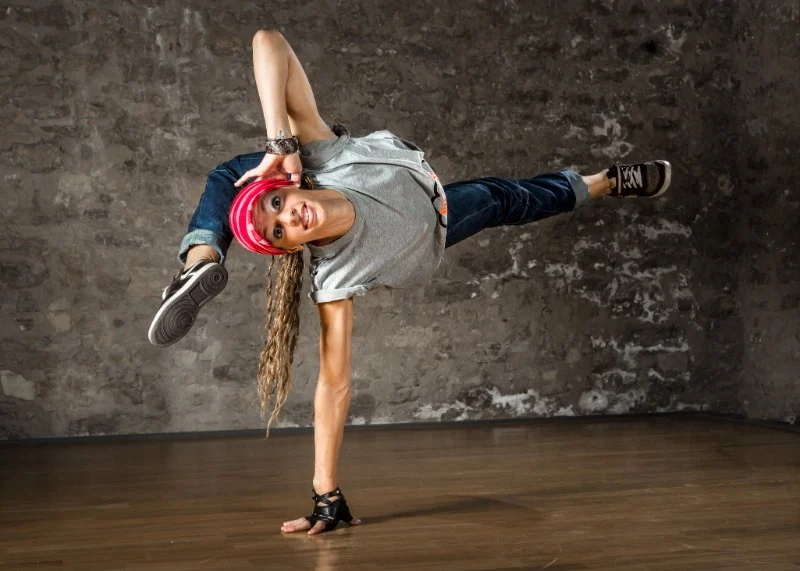
- Origins of Hip Hop Culture
- The Four Pillars That Shaped Hip Hop
- How Hip Hop Evolved Through the Decades
- The Global Influence of Hip Hop
- Hip Hop Dance and Its Cultural Impact
- Modern Hip Hop and Social Movements
- Learn Hip Hop Foundations with American Dance Academy
1. Origins of Hip Hop Culture
The story of hip hop begins in the early 1970s in the Bronx, New York City. It emerged not just as a musical genre but as a cultural movement born from creativity, resilience, and community. Amid social struggles and limited opportunities, young people found expression through music, dance, and art. Hip hop was more than sound — it was identity.
DJ Kool Herc is often credited as one of the founders of hip hop. His “back-to-back breakbeat” technique at block parties gave rise to breakdancing, or “b-boying,” and inspired others to explore rhythmic innovation. From those small community gatherings, a global phenomenon was born — one that continues to evolve and influence new generations.
2. The Four Pillars That Shaped Hip Hop
To understand the history of hip hop for beginners, it’s essential to recognize the four pillars that define the movement: DJing, MCing, Breakdancing, and Graffiti Art. Each pillar represents a form of creative rebellion — a way to express identity and voice through art.
DJing introduced the art of mixing beats and creating rhythms that got crowds moving. MCing (rapping) evolved from simple rhymes into lyrical storytelling. Breakdancing brought physical expression to the music, using spins, freezes, and footwork to embody rhythm. Graffiti art turned the urban landscape into a vibrant canvas, transforming neglected spaces into works of self-expression.
Together, these four pillars turned hip hop into more than entertainment — it became a lifestyle, a social voice, and an art form recognized around the world.
3. How Hip Hop Evolved Through the Decades
From the 1980s to the 2000s, hip hop grew from street culture to mainstream success. The early ’80s saw pioneers like Grandmaster Flash and Afrika Bambaataa turn turntables into instruments. By the late ’80s and early ’90s, artists such as Public Enemy, Run-D.M.C., and N.W.A. used hip hop to comment on politics, race, and justice.
As the genre evolved, it began to diversify. The East Coast–West Coast rivalry of the ’90s shaped hip hop’s narrative intensity, while the 2000s brought commercial success through artists like Jay-Z, Missy Elliott, and OutKast. Today, hip hop influences pop culture, fashion, and even education, transcending boundaries once thought impossible.
Technology also played a key role — from mixtapes to streaming platforms, the way people consumed hip hop changed dramatically. Yet, at its heart, the message remained the same: truth, creativity, and empowerment.
4. The Global Influence of Hip Hop
Hip hop is no longer confined to New York’s boroughs — it’s a global language. From the streets of Tokyo to the dance studios of Paris, it inspires new generations to tell their stories. Different regions interpret it uniquely, blending local sounds and languages with the movement’s universal rhythm and message.
In places like South Korea, France, and Brazil, hip hop has become a tool for youth empowerment and cultural identity. It connects people across continents through shared values of resilience, creativity, and self-expression. The globalization of hip hop shows its power to unite communities regardless of race, class, or background.
5. Hip Hop Dance and Its Cultural Impact
While music is central to hip hop, dance brought it to life visually. Moves like the windmill, popping, locking, and krumping have become iconic symbols of creativity and physical expression. In the 1980s, dance crews such as Rock Steady Crew brought hip hop dance to international stages, showcasing it as both an art form and athletic discipline.
Today, hip hop dance continues to evolve — blending traditional styles with contemporary choreography. Competitions and TV shows like “America’s Best Dance Crew” and “World of Dance” have made it a global phenomenon. For beginners, understanding the dance roots of hip hop helps appreciate how rhythm and movement embody emotion and history.
6. Modern Hip Hop and Social Movements
Modern hip hop remains deeply connected to social and cultural movements. Artists like Kendrick Lamar, J. Cole, and Cardi B use their platforms to address issues such as inequality, identity, and empowerment. Songs like “Alright” became anthems for resilience and protest, reminding the world that hip hop is not just about beats — it’s about change.
The digital age has also amplified its reach. Independent artists can now produce, distribute, and connect with audiences worldwide without major labels. This democratization of hip hop ensures that new voices continue to emerge, each adding fresh perspectives to the genre’s rich tapestry.
7. Learn Hip Hop Foundations with American Dance Academy
For anyone inspired to explore hip hop firsthand, American Dance Academy offers beginner-friendly classes that teach the foundational moves and cultural context of this art form. Students don’t just learn choreography — they experience the history, rhythm, and energy that define true hip hop culture.
From understanding beat timing to expressing individuality through freestyle, learning the basics builds confidence and appreciation for the culture. Whether you’re a complete beginner or an aspiring dancer, mastering hip hop foundations connects you to a global legacy of creativity and self-expression that continues to shape modern art and society.

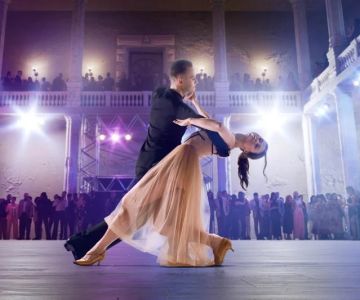

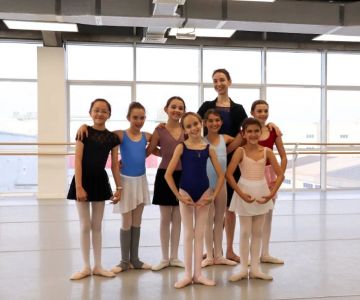
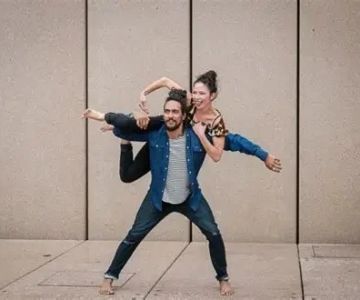

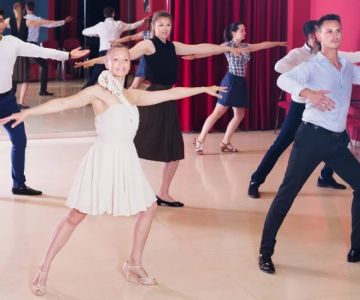
 Barrington Dance Academy5.0 (22 reviews)
Barrington Dance Academy5.0 (22 reviews) Canyon Concert Ballet4.0 (17 reviews)
Canyon Concert Ballet4.0 (17 reviews) Big City Dance Center LLC4.0 (25 reviews)
Big City Dance Center LLC4.0 (25 reviews) Tye Chua Dance & Kalamazoo Ballet5.0 (18 reviews)
Tye Chua Dance & Kalamazoo Ballet5.0 (18 reviews) Fenton Ballet Theatre4.0 (24 reviews)
Fenton Ballet Theatre4.0 (24 reviews) Front Street Dance Center5.0 (7 reviews)
Front Street Dance Center5.0 (7 reviews) Are There Dances in Middle School? What Students and Parents Should Know
Are There Dances in Middle School? What Students and Parents Should Know How a Dance School in Instagram Builds Community and Success
How a Dance School in Instagram Builds Community and Success Why Do Schools Teach Square Dancing?
Why Do Schools Teach Square Dancing?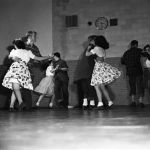 Why Was Square Dancing Taught in School?
Why Was Square Dancing Taught in School? Why Swing Dance Is Popular for Adults
Why Swing Dance Is Popular for Adults A School Dance: How to Prepare, Shine, and Make It Unforgettable
A School Dance: How to Prepare, Shine, and Make It Unforgettable